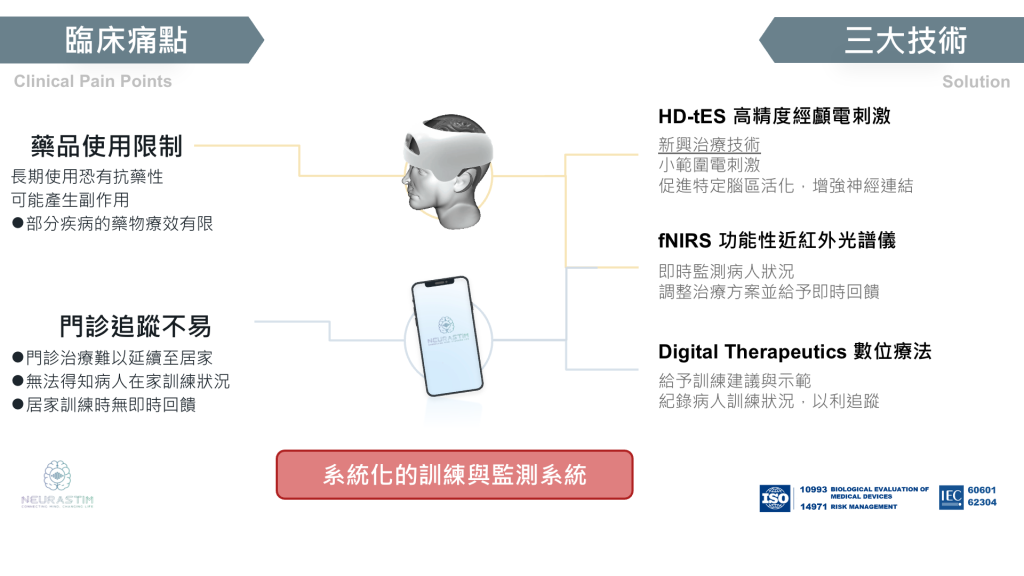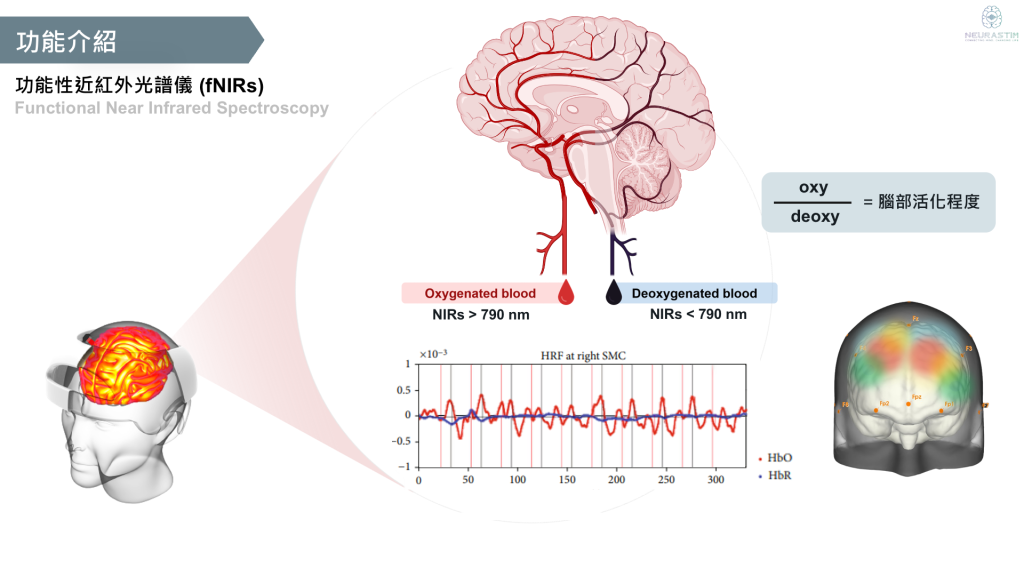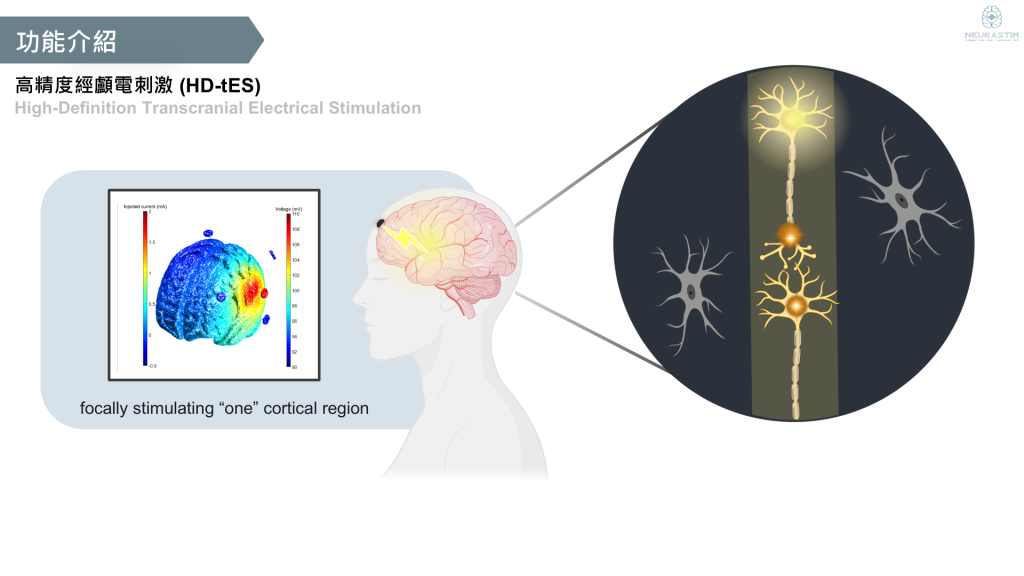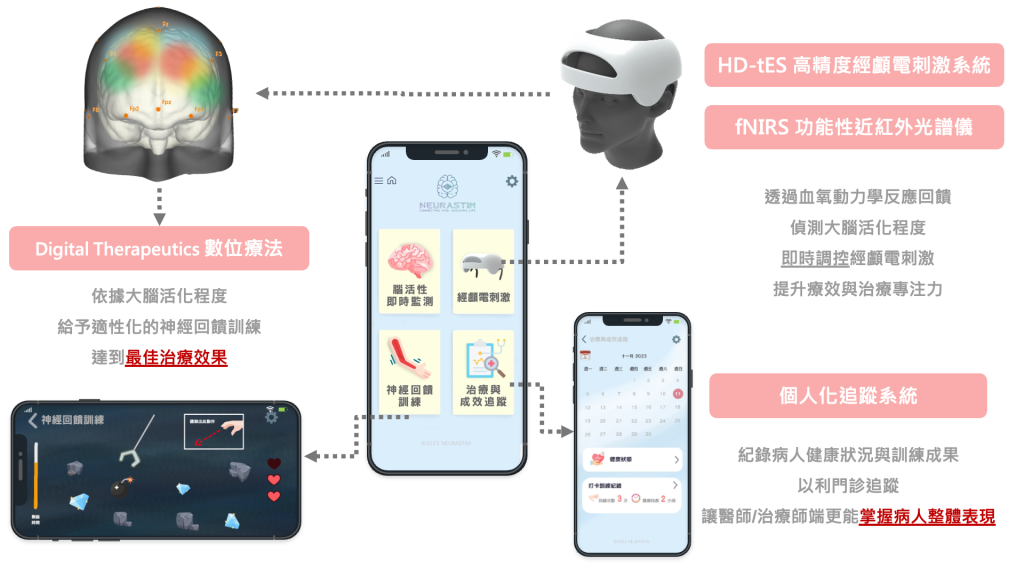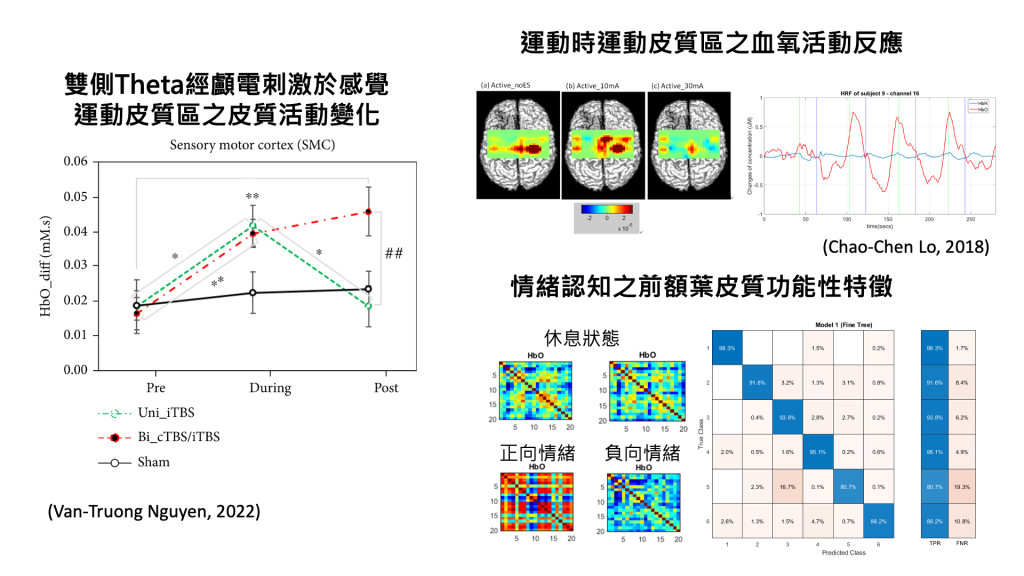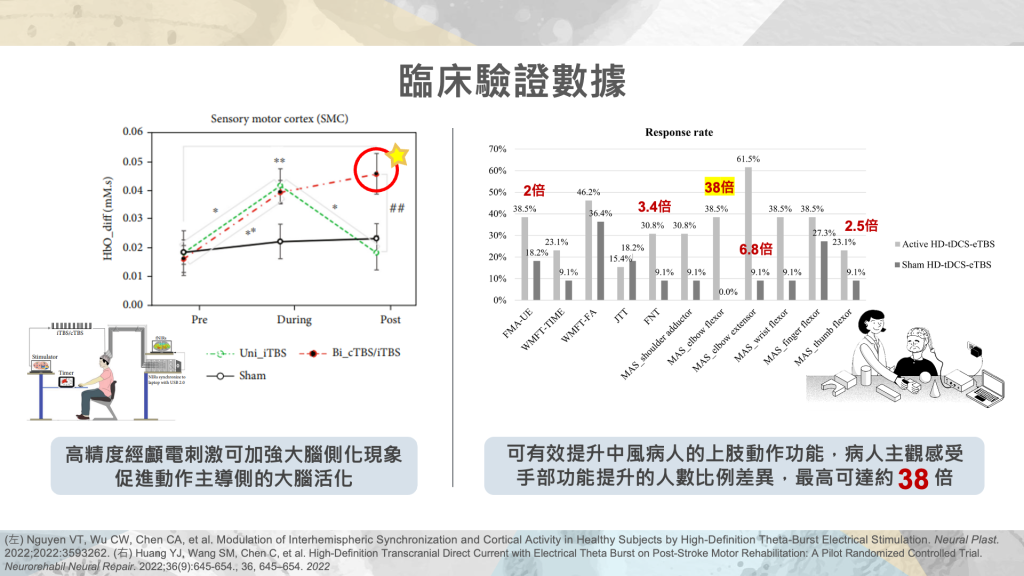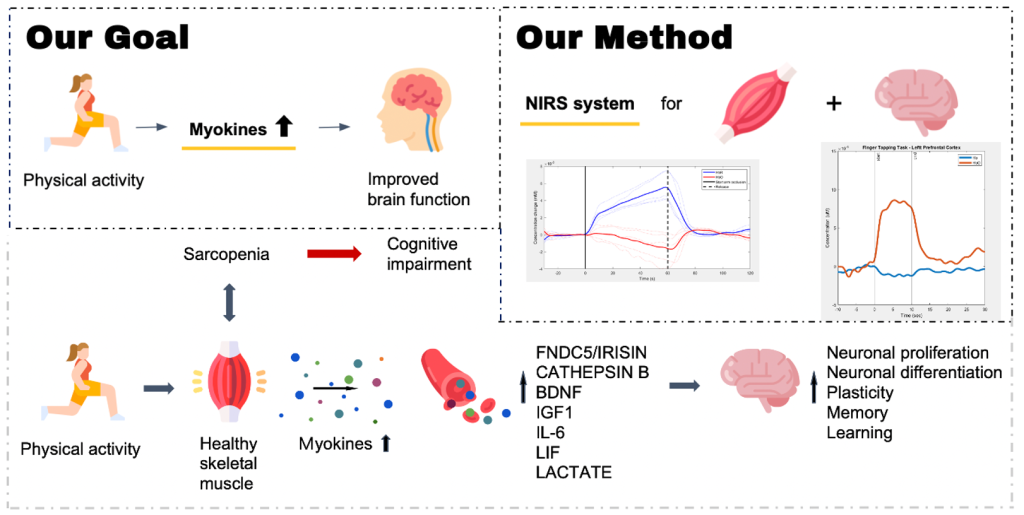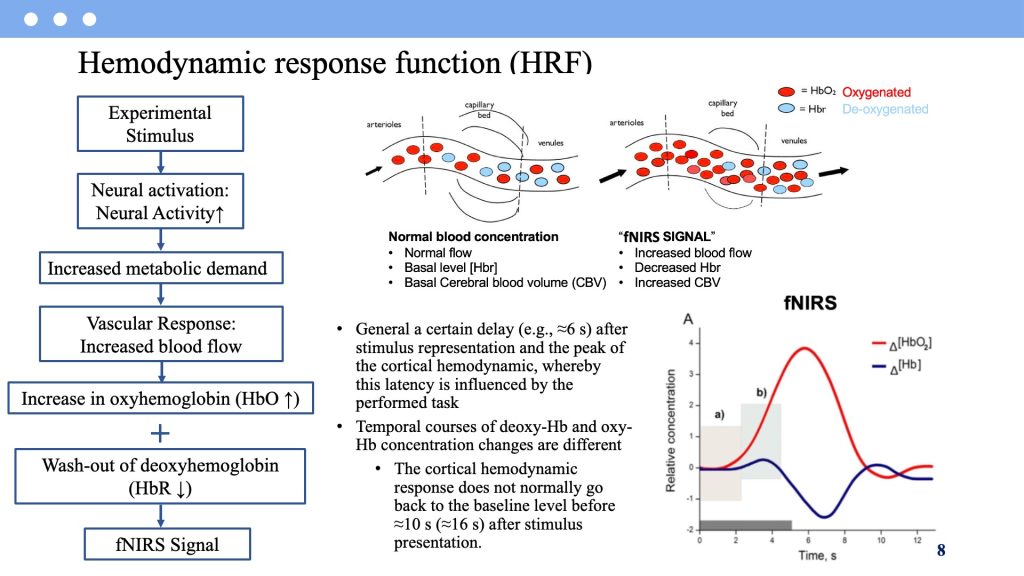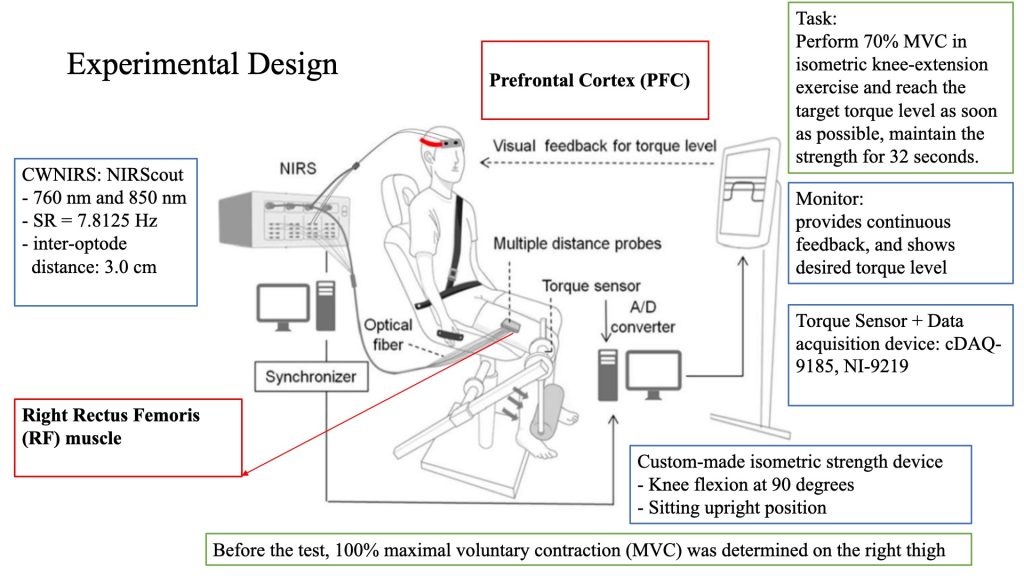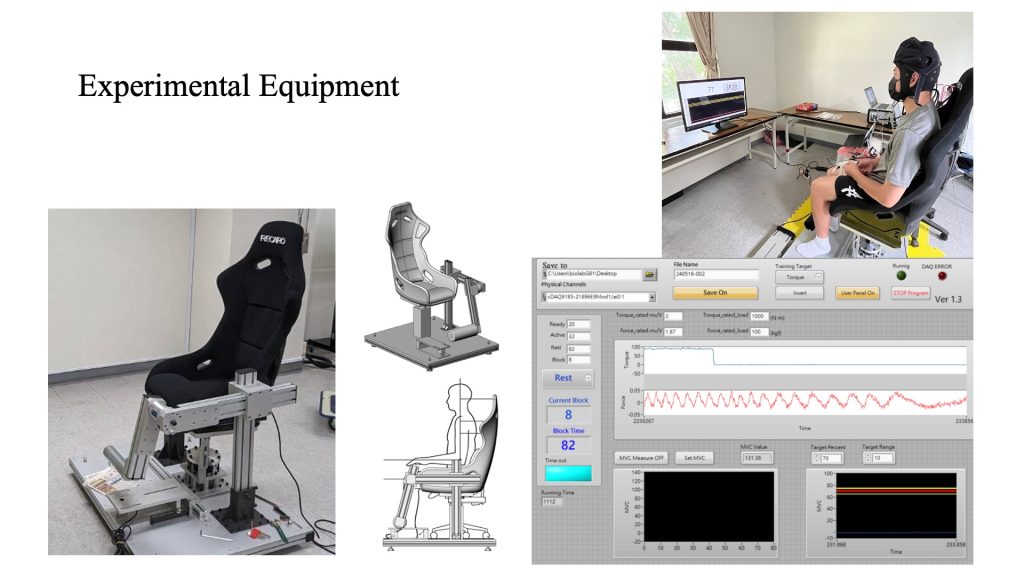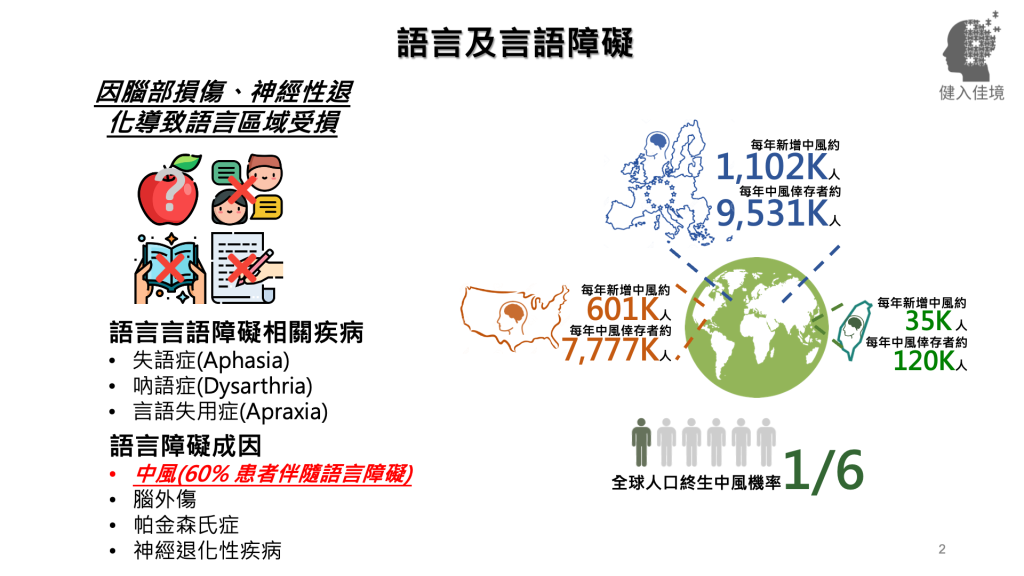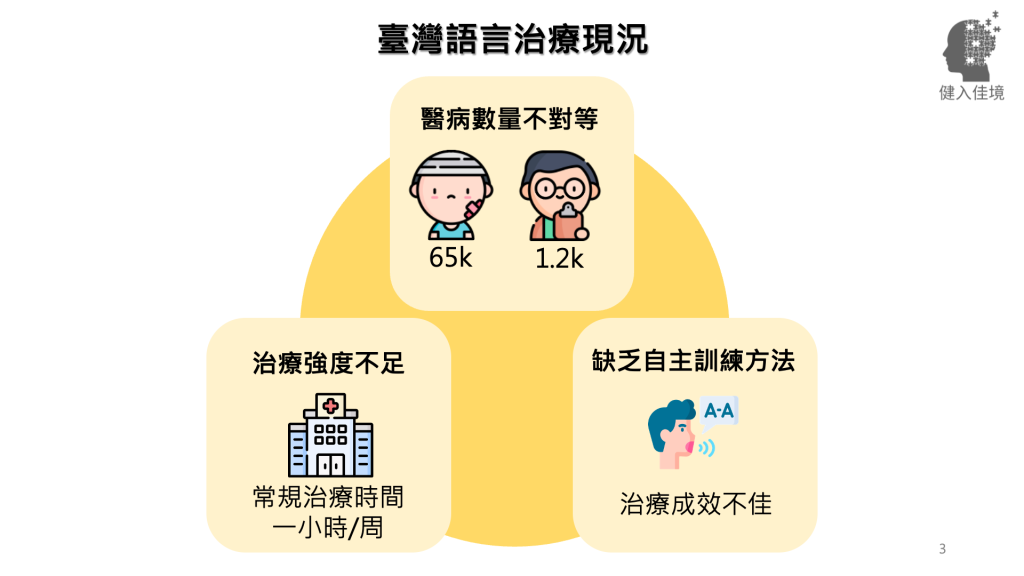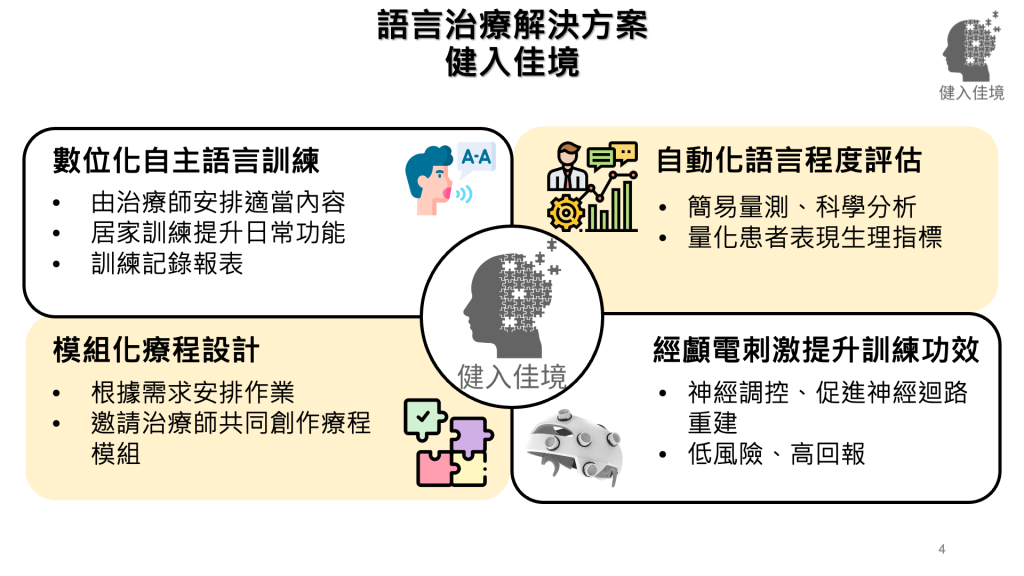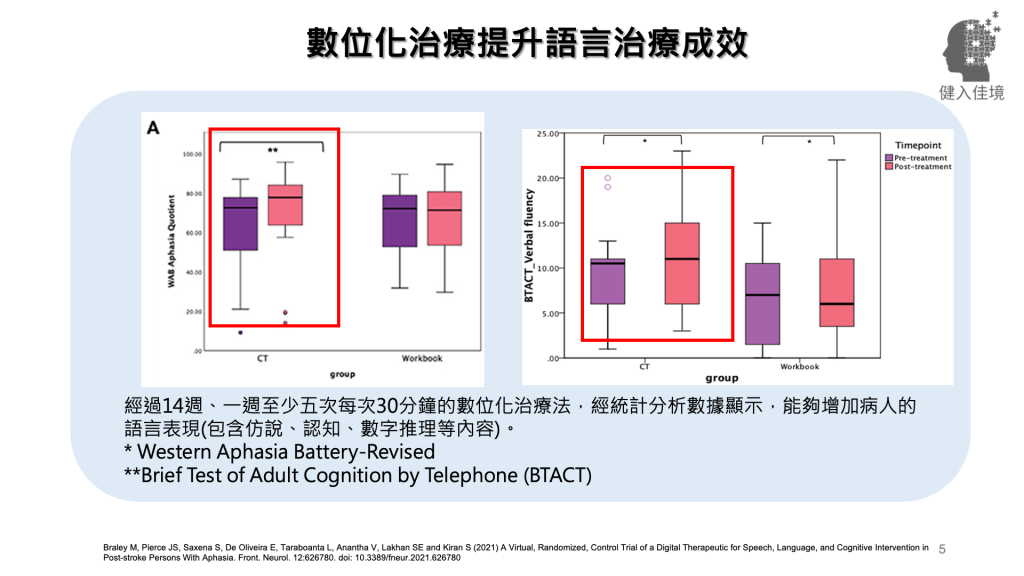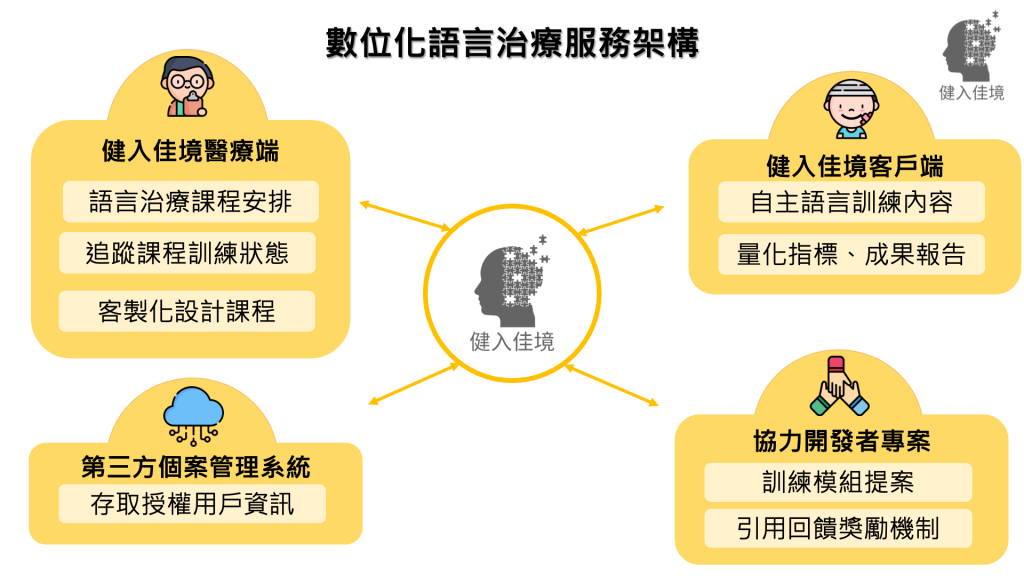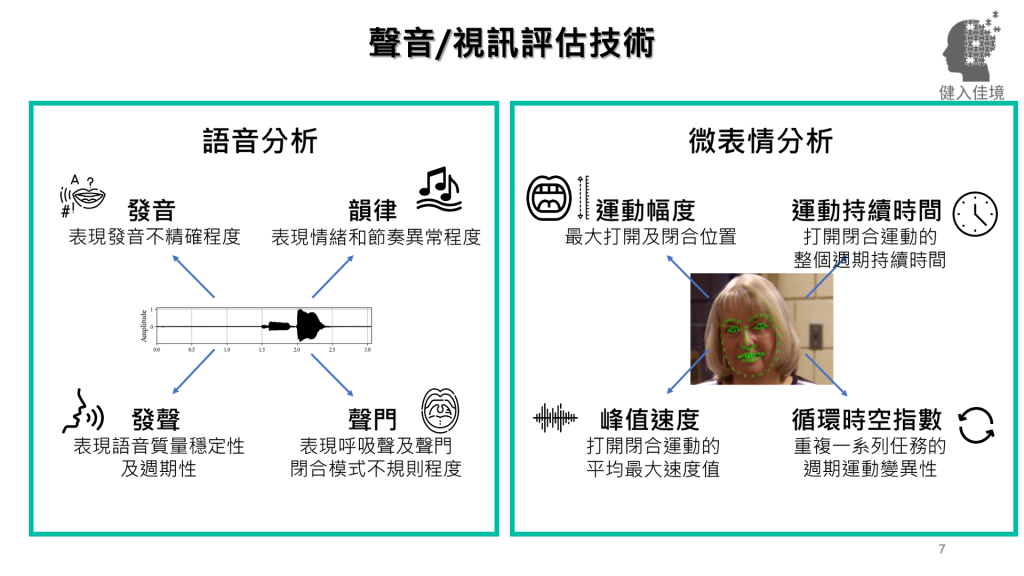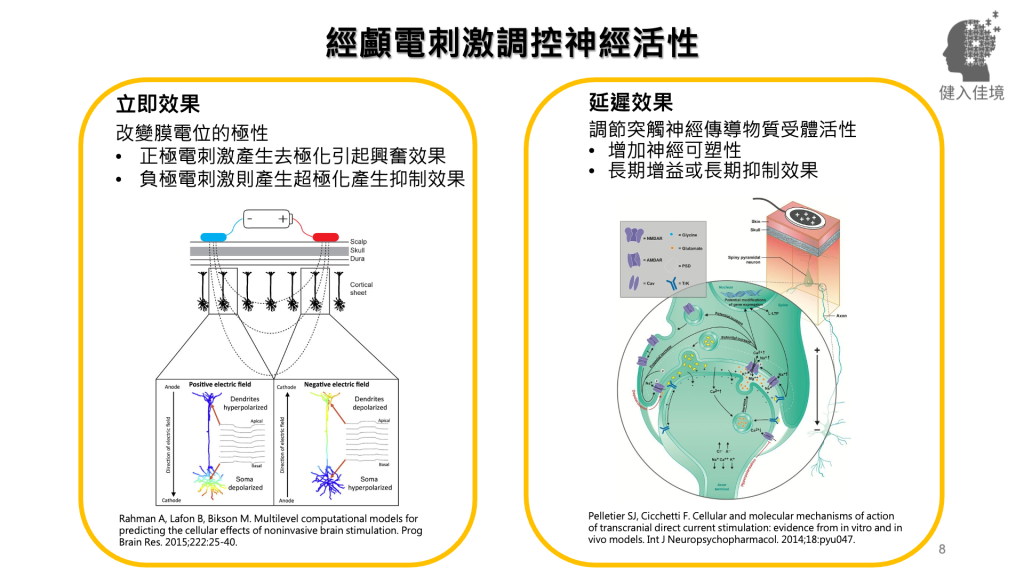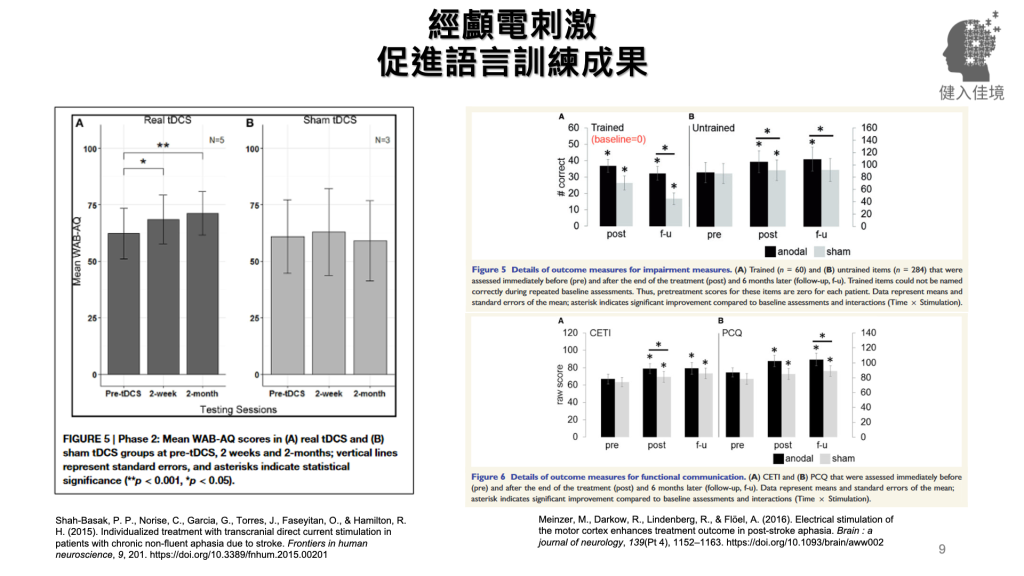Transcranial Electrical Stimulation
Anxiety disorders, including generalized anxiety disorder (GAD), panic disorder, specific phobia, post-traumatic stress disorder, etc. affect large population with lots of clinical unmet needs. Drugs can cause adverse effects and take long time to become effective. In addition to psychotherapy (such as cognitive behavior therapy; CBT), neuromodulation via repetitive transcranial magnetic stimulation (rTMS) and cranial electrotherapy stimulation (CES) has been recently utilized to treat acute anxiety. However, the complexity of the rTMS protocols and the cost of the treatment limit their accessibility and patients’ compliance. To fulfill the unmet clinical needs and to benefit the population of anxiety disorders, digital therapeutics (DTx) approaches which integrate the brain neuromodulation using high-definition transcranial electrical stimulation (HD-tES) as well as digital CBT (dCTB) with neurofeedback for anxiety disorder treatment with ultimate goals of commercialization of these novel brain technologies.
Investigation of Muscle-Brain Axis in Sarcopenia
Sarcopenia is usually accompanied by chronic diseases and symptoms such as osteoporosis, obesity, or cognitive impairment, which poses a serious threat to the life quality around 10% of the elderly worldwide. Recent studies have also found that sarcopenia is strongly associated with brain degeneration, such as dementia, speech fluency, and cognitive function. Even though the mechanisms between sarcopenia and cognitive impairment have not been fully studied, there are ample evidence related to muscle-brain axis, i.e., crosstalk between muscle and brain. In our previous studies, we have developed the hemodynamics measurements of brain and muscle for normal and diseased model such as stroke as well as brain neuromodulation mechanism for intervention. The aims of this study are to investigate the underlying hemodynamics modulation along the muscle-brain axis for observing plasticity of muscle-brain crosstalk through near- infrared spectroscopy (NIRS) and biomarker myokines. In addition, a brain neuromodulation scheme can be devised to intervene the potential cognitive dysfunction of sarcopenia.
Digital Therapeutic System For Aphasia Patients
With the emerging of digital health technology, digital therapeutics has been recently developed to apply software for delivering evidence-based intervention for various applications including behavior, chronic disease management, homecare treatments etc. The involvement of digital tools and sensors for therapeutic purposes allows patients to manage their health or perform treatment anywhere out of hospital which can lower the cost but increase patient motivation and engagement. In previous studies, we have developed a single channel and later extended to multichannel of high density (HD) brain stimulation for motor recovery of stroke patients. Another common implication of stroke survivors is aphasia which greatly influences the daily living of stroke patient. Studies have shown that priming the neuroplasticity with brain neuro-modulation techniques, such as transcranial magnetic stimulation or transcranial direct current stimulation during the rehabilitation can enhance more significant recovery in aphasia comparing to rehabilitation along. The aims of this study is to extend our developing HD-theta burst stimulation (TBS) and incorporate with innovation of digital therapeutics for first in hospital and eventually for homecare treatment which can deliver repetitive rehabilitation to stimulate brain neuroplasticity and improve language function of aphasia subject.
